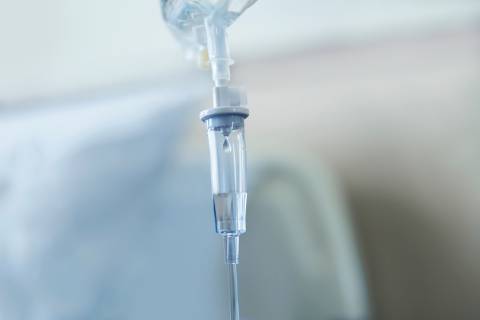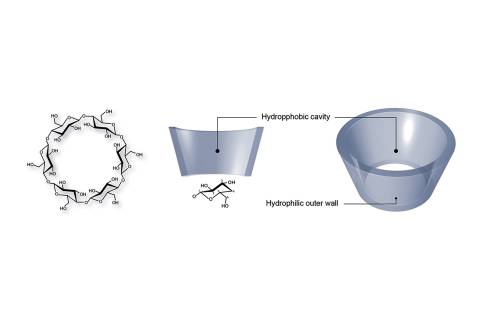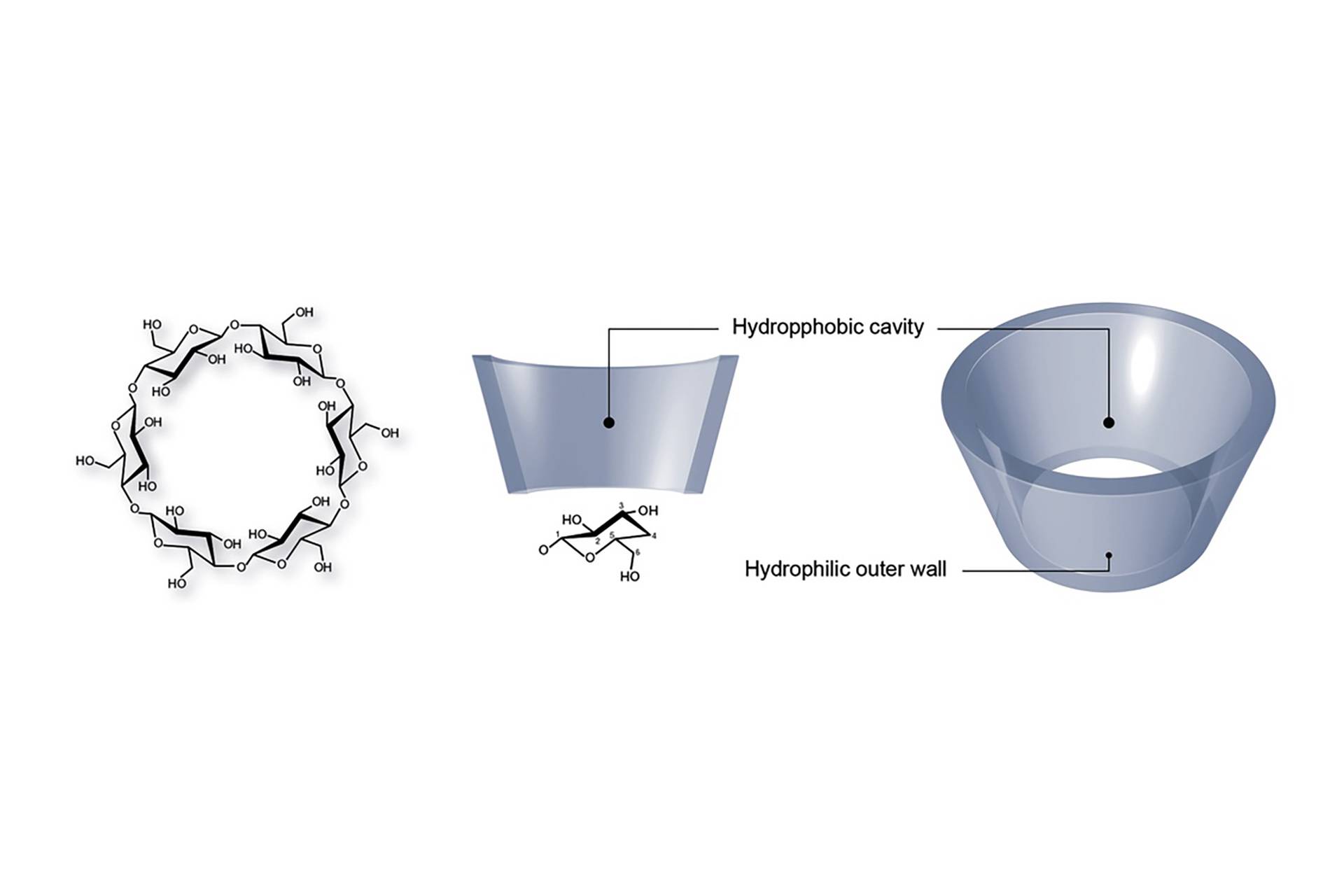Antiviral Drugs
Cyclodextrins
Vaccines against the coronavirus are currently being developed, while existing and new drugs are being tested. The search for a drug for treating the COVID-19 respiratory illness is already well underway. One of the most promising candidates is currently the subject of clinical trials throughout the world.
What is true in this specialized field, however, applies to other areas as well: the development of drugs is a painstaking process in which pharmaceutical companies are constantly confronted with all manner of hurdles. Many medicines do not dissolve readily in water, for instance. This hinders absorption of the active ingredient by the body, which cannot utilize the material and benefit from its effect.

One option for increasing the solubility and thus bioavailability of an active is the use of engineered cyclodextrin derivatives. “These ring-shaped sugar molecules have a hydrophilic, i.e. water-loving, exterior and a lipophilic, i.e. fat-soluble, cavity in their interior,” explains Dr. Silke Dlugai-Esser, marketing manager in the pharma sector at WACKER. “This cavity can enclose other lipophilic molecules, such as pharmaceutical actives – as guests, so to speak.”
When used as an excipient, highly water soluble cyclodextrin derivatives can enhance the solubility of drugs that are otherwise not readily soluble, improving the bioavailability of the substance. “If you have an agent that is insoluble in water, for example, you can add cyclodextrins to create an oral or injectable formulation for treating patients,” Dlugai-Esser notes.
Formulation of the Antiviral Drug Remdesivir
Engineered cyclodextrin derivatives can also be used as excipients with antiviral drugs, some of which are currently being evaluated for the potential to treat COVID-19. An example is the antiviral drug remdesivir developed by the biopharmaceutical company Gilead Sciences. Remdesivir’s formulation utilizes Ligand Pharmaceuticals’ Captisol® technology as an excipient to enhance the aqueous solubility and chemical stability of the remdesivir molecule. Captisol® is a patented engineered mixture of sulfobutyl-ether-beta-cyclodextrin (SBECD) that is manufactured via Ligand’s proprietary and large-scale pharmaceutical processes. Ligand has a long-standing supply relationship with WACKER for native beta-cyclodextrin that serves as one of the raw materials for the downstream manufacturing of Captisol®. “WACKER supplies us with reliable, high-quality native cyclodextrins that we utilize in the manufacturing of our Captisol® technology. We value our relationship with WACKER”, Vince Antle, Senior Vice President of Technical Operations and Quality at Ligand, notes.
Cyclodextrins consist of multiple glucose building blocks linked together in a ring. Depending on the size of the ring, a distinction is made between α-cyclodextrin with six, β-cyclodextrin with seven and γ-cyclodextrin with eight glucose units.
WACKER is the world’s largest producer of cyclodextrins and the only company to produce all three naturally occurring cyclodextrins, marketing them under the trade names CAVAMAX® W6 (α-cyclodextrin), W7 (β-cyclodextrin) and W8 (γ-cyclodextrin). Cyclodextrins from WACKER are manufactured at the company’s US site in Eddyville, Iowa, where enzymes are used for converting corn starch into the glucose rings. The cyclodextrin derivatives produced by modifying these α-, β- und γ-cyclodextrins by hydroxypropylation or methylation are marketed by WACKER under the name CAVASOL®.
The unique properties of cyclodextrins make them applicable in a wide variety of fields – not just as excipients in drugs. A recent application in the pharmaceutical field, for example: the pharmaceutical company Janssen, part of the global healthcare company Johnson & Johnson, uses a cyclodextrin derivative (2-hydroxypropyl-β-cyclodextrin) as an excipient in its Corona vaccine Ad26.COV2.S.
In addition to the pharmaceutical sector, cyclodextrins are also used in the food, cosmetics and household goods industries, and new applications are being investigated all the time.
Overview

WACKER's efforts against coronavirus
Pictures

Used as an excipient, highly water soluble engineered cyclodextrin derivatives can enhance the solubility of drugs that are otherwise not readily soluble, improving the bioavailability of the substance.


